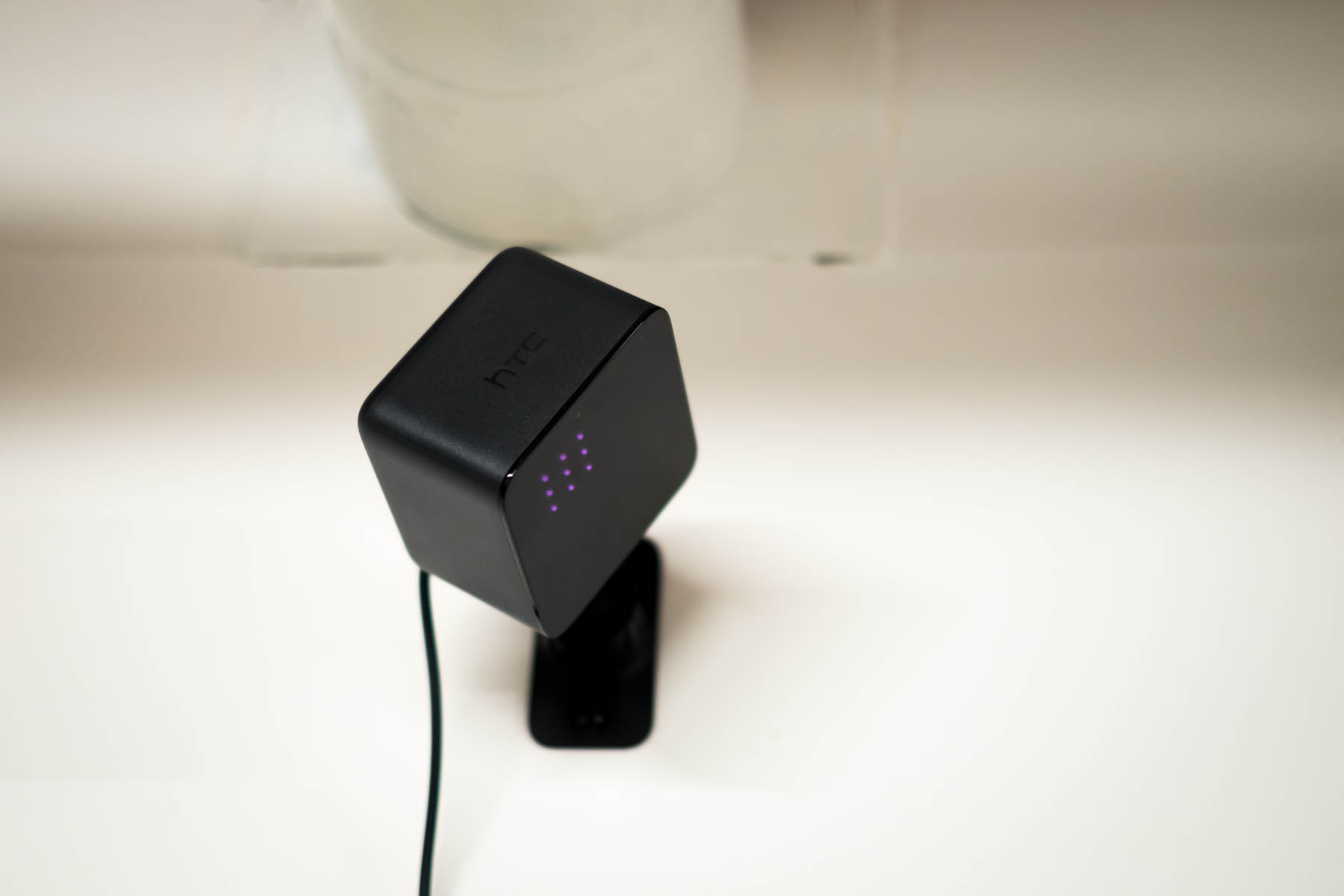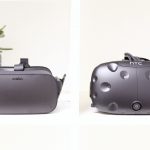One of the most recent changes at the PLUS QA office is the creation of our VR Lab. We have built a dedicated space to test out VR and AR applications. We talked about testing on VR devices in a previous post, and now we’re excited to discuss some more steps we’ve taken to replicate a real end-user experience in our Lab.
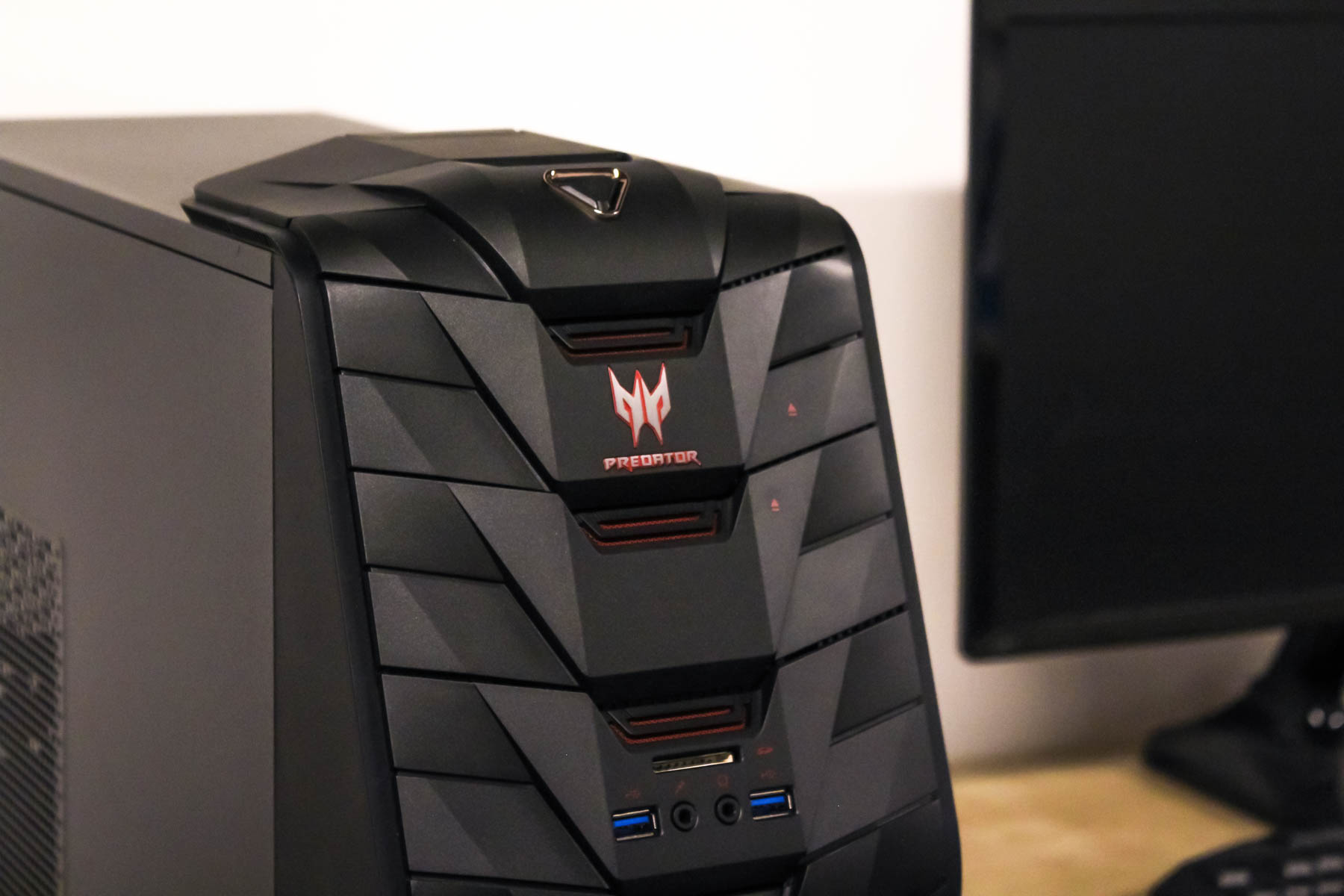
We’re at an interesting point in time where VR devices are becoming more readily available and affordable for consumers, and AR toolkits are becoming more accessible to developers.
Last month Oculus released a new Standalone VR Headset. Meanwhile Microsoft also offers a few different Headsets.
Many who try VR apps for the first time are amazed by the quality of VR applications and games. Beyond that, we’re seeing practical uses of AR being developed and released. During the 90’s, virtual visits of museums and historic monuments appeared on CD-rom. You could navigate Le Louvre Museum on your PC screen. Today this type of experience happens through the VR headsets and the resolution and sense of reality keeps improving over time. VR triggers interest from a large variety of companies. This year the NBA announced they are renewing a program they launched last year, and will stream some games in VR.
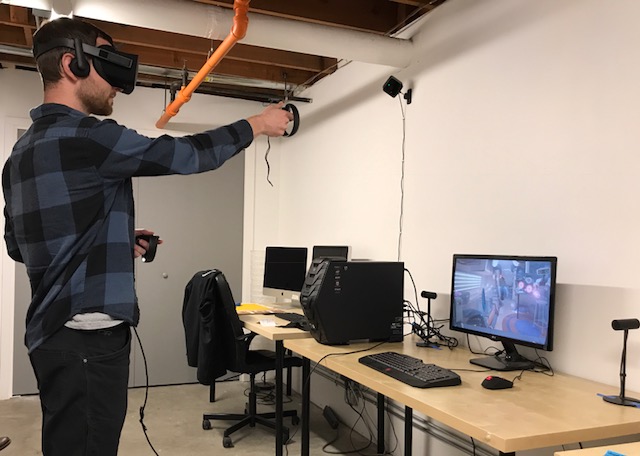
Some retailers have even created VR shopping experiences. An Ikea Virtual Reality Store was launched in June, giving customers the convenience of shopping online, as well as the experience of walking through the store. Mastercard and Swaravski have partnered up to create a shopping app that lets customers shop their interior decor line in virtual reality. And something new that’s caught our eye is the use of AR in shopping. Augmented reality refers to the use of technology to superimpose 2D or 3D elements to a camera’s live view. What this does is gives shoppers the ability bring items “home”, something VR doesn’t provide.
Companies like Ikea and Amazon are using Apple’s ARKit to create some pretty groundbreaking experiences.
Ikea has a new app called Ikea Place, which allows you to use AR to place pieces of furniture, at scale, into your house. It works with over 2,000 products, with true-to-life texture, fabric, lighting, and shadows. According to Ikea the scale works at 98 percent accuracy. Because of Apple’s “world tracking” with your camera’s sensors, you don’t even need to calibrate the room.
Amazon has also just launched a similar feature called AR VIew on iOS 11, letting you place thousands of products in your home. This way you can find out whether something will fit your space, or match your current decor before ordering. Target and Wayfair have also added AR features to their apps. With the ability to test things out before heading to the store, we imagine this is only the beginning of AR being used as a part of the shopping experience.
iOS 11 comes with ARKit, a new framework allowing developers to start using AR features in their apps. It uses Visual Inertial Odometry (VIO), a fusion of camera sensor data and Core Motion data to accurately track a room without additional calibration. On the iPhone X you’re also able to use the TrueDepth camera for Face-Based AR experiences that follow the movement and expressions of the user’s face.
Android is also introducing ARCore – a platform for building augmented reality apps on Android. It is currently being offered as an early SDK preview on Android phones running N and later. It understands the world around it using a combination of motion tracking technology and environmental understanding.
Both ARKit and AR core also detect horizontal surfaces to use as planes, and can apply lighting conditions in a room to your virtual objects.
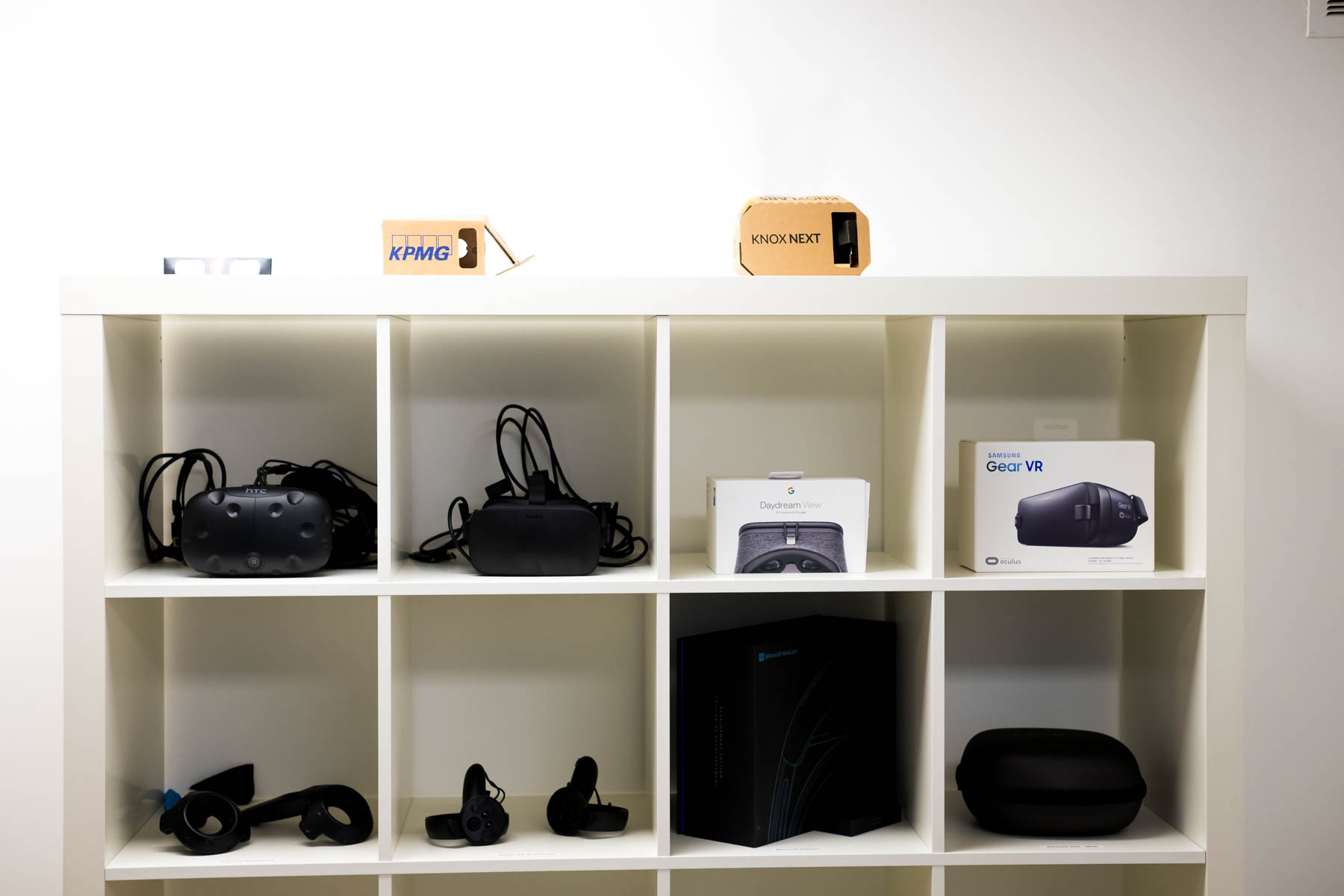
With newer phones coming with AR capabilities, it’s a great time for third-party developers to start creating and implementing AR into their apps, whether that’s ecommerce or not.
Although VR and AR may not yet be a part of our everyday lives, a lot of startups were funded in the past couple of years and VR is one of the recurring subjects at Tech conferences in 2017. Retailers, architects, and video gamers are just a few diverse examples of industries beginning to use VR/AR technologies.
In order to launch and provide a great user experience companies who build VR and AR applications need them to be tested, and that’s why we built a space dedicated for that in our Lab. Testing on real devices in a real world environment provides the best test results and helps companies to launch stable and solid applications.
When it comes to the space for a VR setup, the HTC Vive requires a room that’s at least 6.5×5 feet wide. Testers need to be able to move around freely without worrying about hitting anything around them or overhead. We also allowed enough room to video record movements and provide some usability feedback to our clients.
We currently support VR/AR testing on 10 different headsets including Microsoft Hololens, HTC Vive and Oculus Rift. If you design or develop virtual applications, get in touch with us ‒ we’d love to hear what you’re working on.
